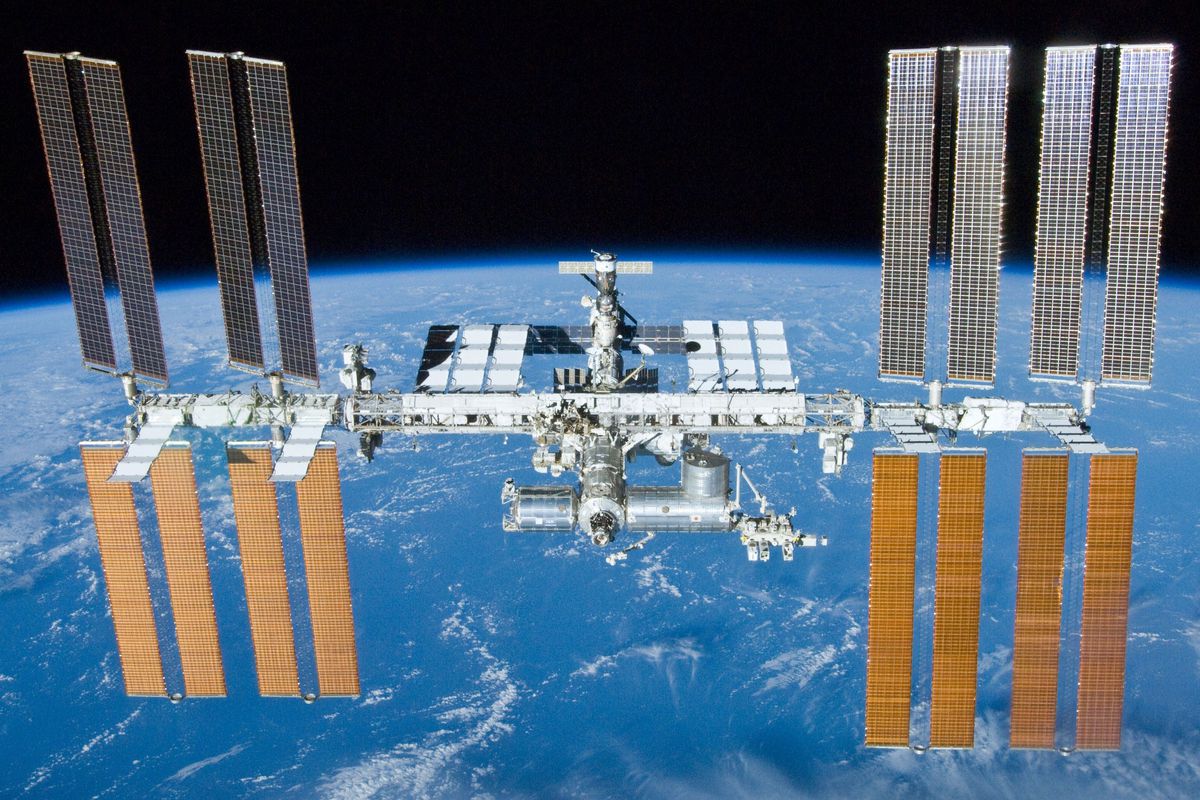
NASA to pay 15% more for resupply missions to ISS between 2020 and 2024
NASA, the U.S. space agency that looks after launching the resupply ships to the International Space Station will now have to pay more for comparatively lesser cargo to the space station. These findings came as a part of a new analysis was NASA will have to spend more to supply less cargo the station during its second round of missions between 2020 and 2024. The agency is estimated to pay $400 million USD more for a cargo load weighing 6 tonnes less than usual during the specified contract period. NASA’s inspector general, Paul Martin, quoted that there is a 14% hike in the missions on a per kilogram basis.
There are many reasons responsible for the hike is priced such as SpaceX, the privately funded space flight and mission company has jacked up its prices by more than 50% since it has received bulk orders from NASA for its previous resupply missions. SpaceX has been associated with NASA’s resupply mission ever since it started with a contract in 2012 offering 31 supply missions along with Orbital ATK to the ISS between 2012 and 2020. SpaceX quoted a lower cost for missions for the U.S. Agency than its default service provided Orbital ATK. As of now, SpaceX is expected to conclude its 20 flights to the ISS with an average of $152.million per-mission while on the other hand, Orbital ATK will complete its 11 missions to the ISS at an average of $262.6million.
But with the second round of contracts that NASA has awarded to SpaceX and Orbital ATK, the cost is expected to increase considerably. According to the analysis, Orbital ATK has slashed its prices by over 15% cut while SpaceX has hiked up its price around 15% making the game even. Also, NASA has appointed the Sierra Nevada as its third service provided unlike two in previous missions which have increased the prices subsequently.
There are basically three factors that have jacked up the mission prices from $63,200 per kg in the first round to $71,800 per kg in the second round. The first round is of integration costs of docking and berthing of the three different spacecraft i.e. SpaceX’s Dragon, Sierra Nevada’s Dream Chaser, and Orbital ATK’s Cygnus. With three different service providers, NASA will have the capability to offer more pressurized cargo to the ISS and tweak into the requirements as necessary. This will give the agency the required flexibility to launch another mission in case of anyone fails or delays in worst case scenarios.
According to the analysis by Paul Martin, inspector general at NASA, the SpaceX which started with quoting lower prices for missions to the ISS has hiked its prices. There could be a number of reasons such as it recently upgraded its Dragon spacecraft which now has 30% more cargo volume than earlier. Also, SpaceX has been designing the new Dragon spacecraft to comply with longer duration of missions, return to the Earth with samples, and quicker access after every mission. He also indicated that it is highly likely that SpaceX either underestimated the cost of missions during the first round of contract but with years of experience, they have restructured the prices. Or, it could be due to the sole objective of the company to obtain cost savings during the first round.
Even though SpaceX has increased its price considerably, it is worth due to its capability to return to the Earth with samples, something which Orbital ATK’s Cygnus spacecraft could never do. On Orbital’s front, they have cut back the price for each launch by $20 million ever since SpaceX Falcon 9 rocket was eligible to provide missions for launch in 2013.


